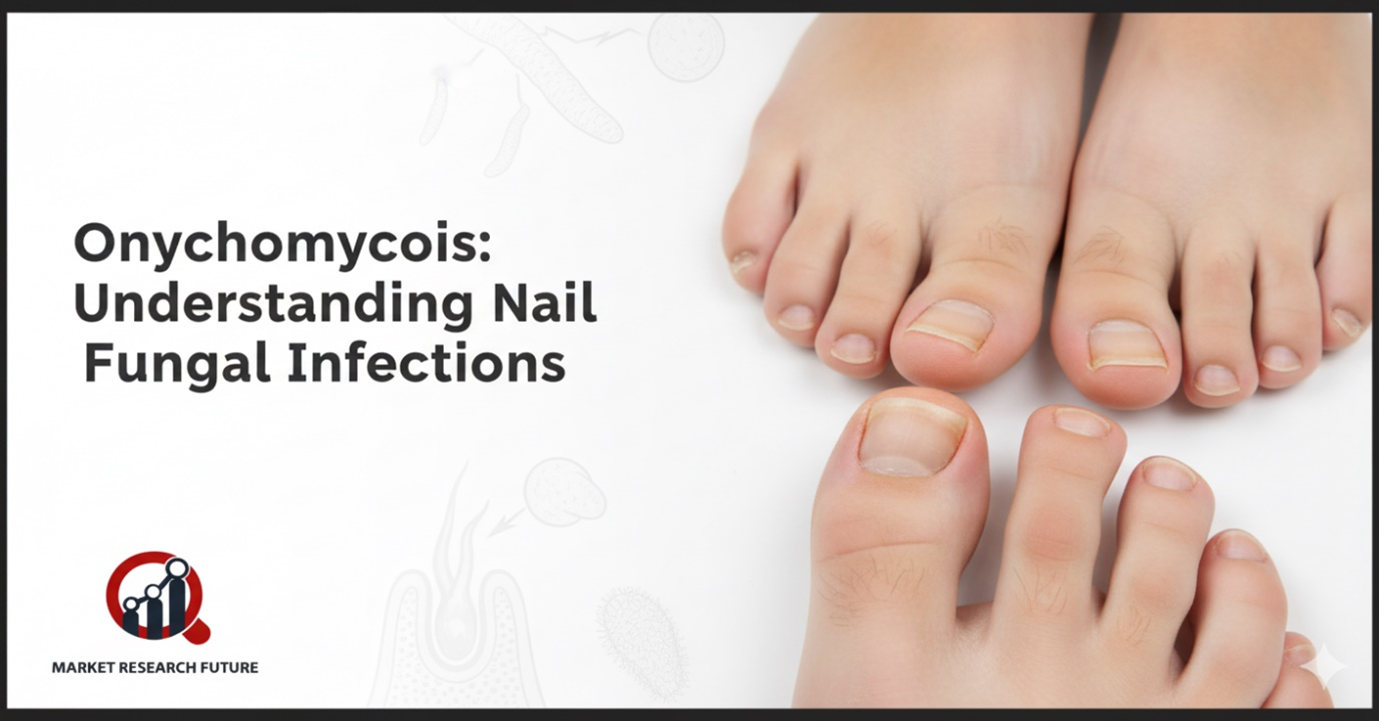Onychomycosis: Capturing Insights for Growth

Sometimes, nails get thicker, change color, or break easily. This is often a sign of onychomycosis, a fungal illness that grows best in warm, damp places. Even though it's widespread, a lot of individuals don't know how to spot or treat it well.
Identifying the Signs
Swelling, a change in the shape of the nail bed, and thick patches of debris under the nails are some of the most obvious indicators. Nails can become yellow, get flaky, and become weak, and they can even break off. In very bad cases, the infection can even get into the joints of the fingers or toes.
Who can suffer from Onychomycosis?
Men are more likely than women to get nail fungus. People who have sweaty feet, are exposed to dampness for a long time, or wear tight shoes are more likely to have it. Some health problems, including diabetes or poor blood flow, can also make you more likely to get sick.
How Do You Know It's There?
Doctors often use nail scrapings or fungal cultures to figure out if someone has onychomycosis. These help figure out what kind of fungus it is and what to do about it. Early detection is very important to keep the infection from spreading to other nails.
Your Options for Treatment
The degree and placement of the nail determine the treatment. Antifungal drugs are the most common treatment. They are usually given by mouth or injected directly into the nail. Terbinafine and itraconazole are two common therapies. Consistent treatment and follow-up are important for getting good results.
Different kinds of onychomycosis
There are two primary kinds:
Dermatophyte infections: This is the most prevalent type. It damages the top layers of the nails, making them yellow or white, thickening, fracturing, and crumbling. It can move to other nails on the same foot or hand.
Yeast infections are less prevalent but harder to treat since they affect the deeper layers of the nail. It starts as little white or yellow spots under the tip of the nail and gets thicker over time, changing color from yellow to brown. Infections with yeast can also move from one nail to another.
How to Stop and Treat Nail Fungus
You can lower your risk by practicing good hygiene, keeping your hands and feet dry, and wearing shoes that let air in. Getting treatment early makes things better and helps keep nails healthy. Onychomycosis can be hard to get rid of, but with the right care and medical advice, your nails will stay strong, clean, and free of infection.

Leave a Comment